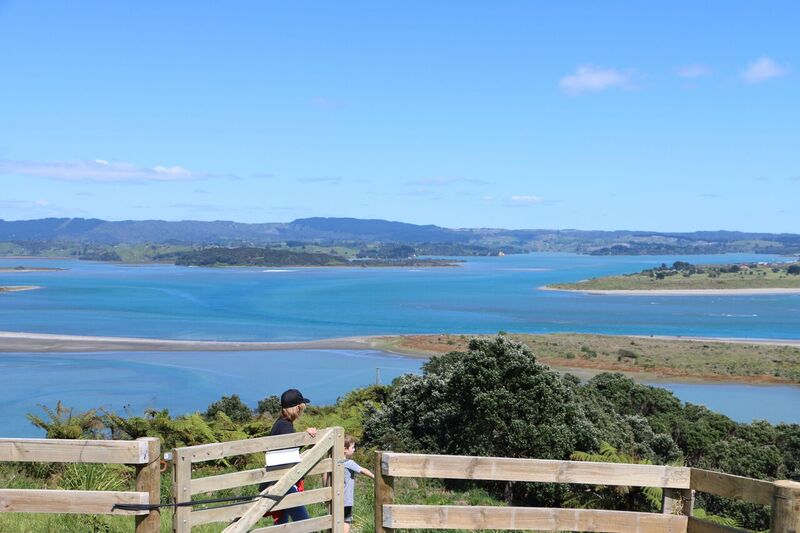By Linda O’Reilly, partner, Brookfields Lawyers.
Look at a map of the eastern Bay of Plenty and you will see White Island/Whakaari just off the coast, approximately equidistant from Tauranga and Whakatane.
When Whakaari erupted with tragic consequences recently there was an immediate assumption that it came under the jurisdiction of either Whakatane District, or Tauranga City Council.
Not so.
Whakaari is an orphan when it comes to territorial authority oversight. You will not find it within any of the Survey Office plans that define those local authorities, or within any other districts for that matter.
So, when the media got around to the “who can we blame?” question in relation to the presence of tourists on the island during an eruption, it ran into a brick wall. Whakatane District Council does not manage, control or regulate the island.
In fact, there is a little-known provision in the Local Government Act 2002 that makes “the Minister” the territorial authority for Whakaari and several other offshore islands within the territorial sea.
In the case of most such islands, section 22(1) of that Act applies to the effect that the Minister of Local Government is the territorial authority, as she is for any part of New Zealand that does not form part of the district of a territorial authority.
Notable exceptions are the Kermadec Islands and the Sub-Antarctic Islands, which are generally owned by the Crown and under the control of the Dept of Conservation and the Minister of Conservation.
However, in the case of privately-owned Whakaari and most other offshore islands, this provision effectively puts the range of matters, generally the responsibility of a district or city council, in the hands of the Dept of Internal Affairs.
Since there is no permanent population on the island, and no surviving, built structures, it would be hard to say what those responsibilities amount to.
Certainly, the Minister was hard-pressed to say, denying through a spokesperson any responsibility for decisions about access to the island, permitting tourism activities or health and safety.
To be clear, the lack of territorial authority jurisdiction does not put Whakaari outside of all regulatory regimes.
The laws of New Zealand still apply, and where required the Minister can and should exercise the powers of a territorial authority given to her under section 22.
For example, she could be required to determine whether to grant a building consent, or to allow or disallow the construction of a road, if called upon to do so.
The emergency response and recovery operation since the eruption has come under the joint jurisdiction of the NZ Police and the Bay of Plenty Civil Defence Group coordinated by the National Emergency Management Agency.
In addition, the practices of the tourism operators running tourist excursions to the Whakaari will now come under the scrutiny of WorkSafe NZ under the Health and Safety at Work Act 2015.
And yet somehow, one gets the feeling that maybe things would have been different if this was a tourism venture based on land and more directly under the noses of a local council.
For example, what conditions might have attached to a resource consent to operate commercial tourism on the crater rim of New Zealand’s most active volcano?
Is hands-off regulation of a location visited by thousands of tourists each year ever appropriate?
The Prime Minister has announced there will be an inquiry into the tragedy at White Island.
It should not be a witch hunt.
All appearances suggest that in fact everyone was acting within what they thought were appropriate safety limits.
That these limits might have been misjudged could well be due to the unique legal status of the island, and that may yet lead to changes to this peculiar governance anomaly.

